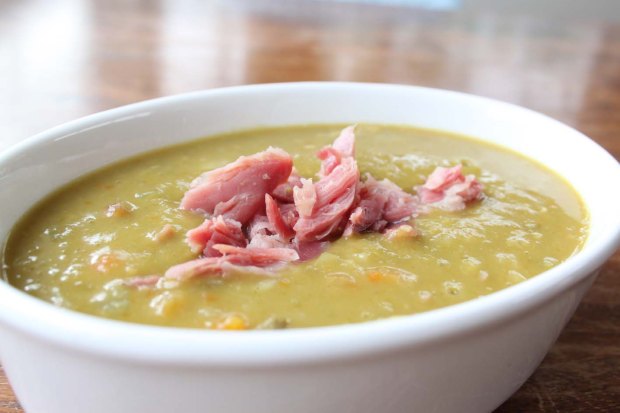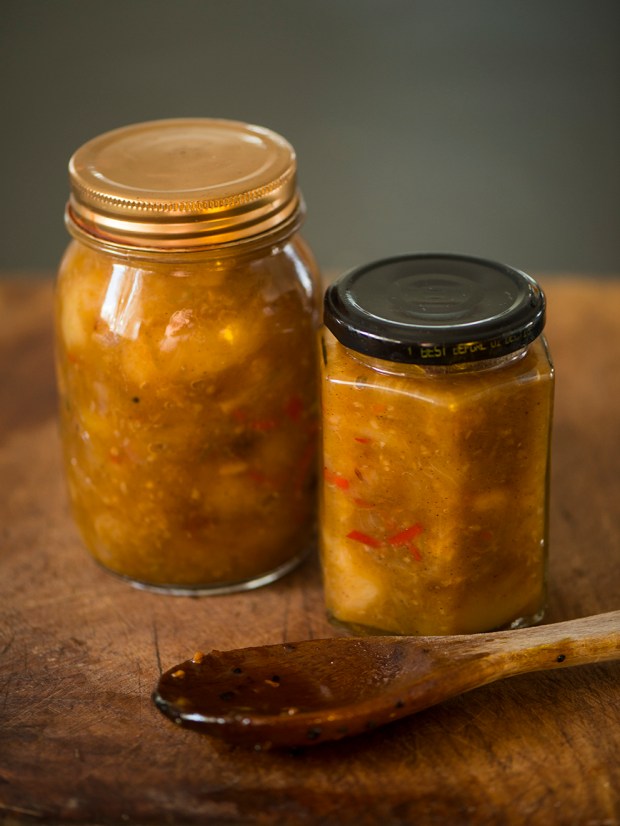This is a variation on the River Café Gnocchi with Chestnut and Sausage recipe to suit Australian pantries. Sarah adapted this many years ago when competing with an advertising agency friend in a ‘Cook Off’ when she realised the effort involved in peeling and roasting chestnuts was not necessarily worth the reward. It certainly puts a completely new bent on the original recipe. Certainly, you can’t go past the unique flavour of macadamia nuts and, when combined with caramelised fennel in the tomato sauce, you can’t go wrong!
Potato gnocchi for 6 (See Pasta section). Note that the gnocchi available in supermarkets these days is also fine if you don’t want to make your own. It certainly reduces the preparation time of this meal down to nothing!
Sauce:
200g roasted unsalted macadamia nuts (shelled)
150 g butter
4 fresh chorizo sausages (available from good gourmet butchers), peeled and torn/sliced into thumb sized pieces
1-1/2 large fennel bulbs very finely sliced using thin mandolin
2 cloves garlic, peeled and sliced
2 dried red chillies, crumbled
2 tablespoons chopped fresh sage leaves
150ml red wine
1 dessertspoon caramelised fig balsamic vinegar (Optional)
1x 400g tin peeled plum tomatoes
1 x jar of passata (use own discretion whether this additional tomato sauce is required)
Maldon sea salt and freshly ground black pepper
To Serve:
1 handful fresh sage leaves on stems for garnish
3 tablespoons butter
100g Parmesan, freshly grated
[Note from Sarah] To minimise the number of cleaning required, I use the minimum number of pans. To do this in a single medium, thick-bottomed frying pan I follow this order:
- Roast off macadamias – this can be done in a dry frying pan either on the stove top or in the oven (as long as your fry pan does not have a plastic handle). Due to the natural oils in the macadamias additional oil is not required. Make sure to turn the nuts frequently so they do not burn.
- Fry off sage leaves on stems for garnish in 3 tablespoons of butter – allow the sage to crisp up and then let sit on paper towels to soak up excess butter. Set aside for garnish
- Caramelise the thinly sliced fennel in 150 g butter – do not allow to burn. Set aside to return to sauce towards the end.
For the sauce, melt the butter and fry the sausage meat, stirring and breaking it up over a medium heat to allow the juices to evaporate and the meat to begin to brown. Add the garlic, chilli and chopped (fresh) sage. Add caramelised fennel.
Pour in the wine and increase the heat until the wine evaporates. Add the tomatoes with half their juices. Add balsamic vinegar if including. Add remaining juice from tomatoes and top up with Passata if necessary. Lower the heat and cook for about 30 minutes. Season with salt and pepper. Just prior to stirring in the sauce with the gnocchi, add the roasted macadamia nuts into the sauce.
Cook the gnocchi in batches in a generous amount of boiling salted water. They are ready when they bob up to the surface of the simmering water.
Serve gnocchi with the sauce, topped with grated Parmesan and the crispy sage leaves. Break some sage leaves up and sprinkle and leave a few whole leaves for garnish.
Serves 6.










